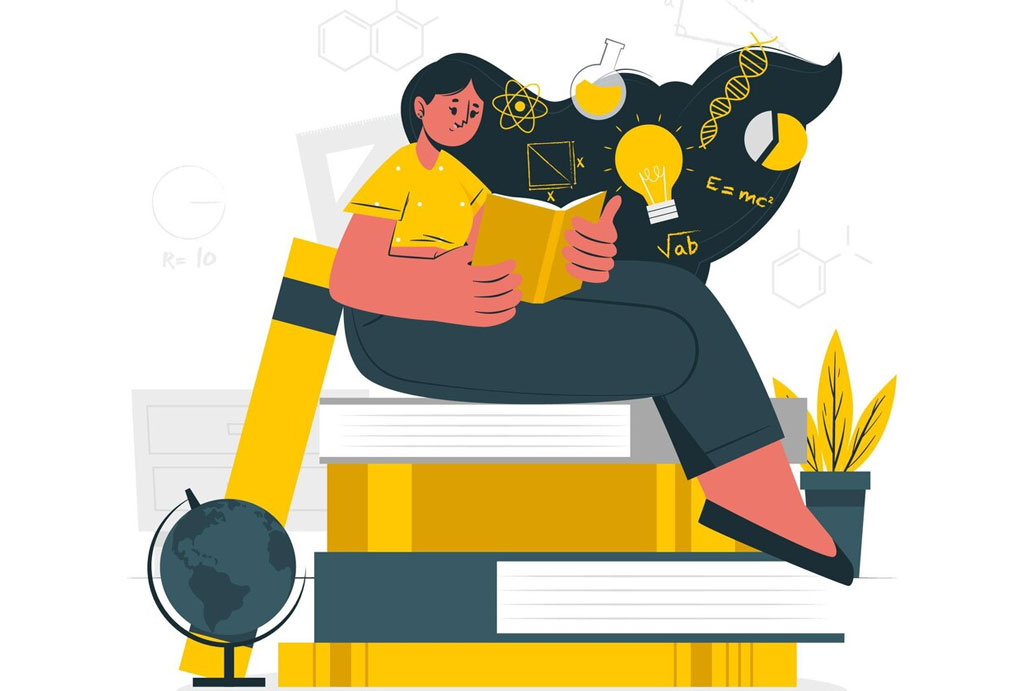
In today’s diverse classrooms, the idea that every student has unique strengths, challenges, and learning styles is not just a comforting philosophy—it’s a reality supported by extensive research. Understanding and accommodating these differences can transform educational outcomes and create more inclusive learning environments.
The Science Behind Learning Differences
Research consistently confirms that learners vary significantly in how they process information and demonstrate understanding. A landmark study by the National Institutes of Health found that neurological differences in brain development create natural variations in learning processes across individuals (Gabrieli, 2009). These differences aren’t deficiencies but rather diverse pathways to knowledge acquisition.
According to a comprehensive analysis by Pashler et al. (2008) published in Psychological Science in the Public Interest, students’ cognitive abilities vary across multiple dimensions:
- Processing speed
- Working memory capacity
- Attention control
- Background knowledge
- Meta-cognitive awareness
These variations mean that what works brilliantly for one student might be ineffective for another, even when they’re learning the same material.
Beyond Traditional Learning Styles
While the concept of visual, auditory, and kinesthetic learning styles has been popular, more recent research has evolved beyond this simplified model. A meta-analysis by Willingham, Hughes, and Dobolyi (2015) found limited evidence supporting the effectiveness of matching teaching methods to preferred learning styles.
Instead, researchers now focus on more nuanced aspects of learning differences:
The Universal Design for Learning (UDL) framework, developed by CAST (Center for Applied Special Technology), emphasizes multiple means of engagement, representation, and action/expression. Studies implementing UDL principles have shown significant improvements in student achievement across diverse populations (Meyer, Rose, & Gordon, 2014).
Strengths-Based Approaches Show Promise
Research increasingly supports strengths-based education as an effective strategy. A longitudinal study by Gallup involving over 600,000 students found that those who had opportunities to develop their strengths were more engaged in school and reported higher levels of hope for the future (Lopez & Louis, 2009).
Duckworth and Seligman’s (2005) research demonstrated that personal qualities like grit and self-discipline were better predictors of academic performance than IQ alone. This suggests that helping students identify and leverage their unique strengths may be more valuable than focusing solely on standardized measures of intelligence.
Neurodiversity and Learning
The concept of neurodiversity has gained traction, recognizing that neurological differences like ADHD, autism, and dyslexia represent normal variations in human cognition rather than disorders to be cured. Research by Armstrong (2012) showed that students with these conditions often possess exceptional abilities in areas like pattern recognition, creative thinking, and problem-solving when learning environments accommodate their needs.
A study by the Yale Center for Dyslexia & Creativity found that individuals with dyslexia often exhibit strengths in spatial reasoning, narrative reasoning, and big-picture thinking—valuable skills in many professional fields (Shaywitz, 2003).
Practical Implications for Educators
This research has profound implications for educational practice:
- Personalized learning approaches that offer flexible paths to mastery show promise. A RAND Corporation study of 40 personalized learning schools found that students made significantly greater gains in math and reading compared to similar students in traditional schools (Pane et al., 2015).
- Formative assessment practices that continuously monitor student progress and adapt instruction accordingly have been shown to improve outcomes. A meta-analysis by Black and Wiliam (1998) found effect sizes of 0.4 to 0.7 for formative assessment interventions—among the largest ever reported for educational interventions.
- Creating inclusive classroom environments that value diverse approaches to problem-solving benefits all students. Research by Steele and Cohn-Vargas (2013) demonstrated that students in identity-safe classrooms where differences were viewed as assets showed greater academic growth.
The research is clear: student differences are not just inevitable—they’re valuable. By embracing these differences and creating flexible learning environments that accommodate diverse strengths and challenges, educators can help all students reach their potential.
As we move forward, our educational systems must continue to evolve beyond standardized approaches toward more personalized, responsive models that recognize and celebrate the unique constellation of abilities each student brings to the classroom. This isn’t just good pedagogy—it’s an educational imperative supported by decades of rigorous research.
References
Armstrong, T. (2012). Neurodiversity in the classroom: Strength-based strategies to help students with special needs succeed in school and life. ASCD.
Black, P., & Wiliam, D. (1998). Assessment and classroom learning. Assessment in Education: Principles, Policy & Practice, 5(1), 7-74.
Duckworth, A. L., & Seligman, M. E. P. (2005). Self-discipline outdoes IQ in predicting academic performance of adolescents. Psychological Science, 16(12), 939-944.
Gabrieli, J. D. E. (2009). Dyslexia: A new synergy between education and cognitive neuroscience. Science, 325(5938), 280-283.
Lopez, S. J., & Louis, M. C. (2009). The principles of strengths-based education. Journal of College and Character, 10(4).
Meyer, A., Rose, D. H., & Gordon, D. (2014). Universal design for learning: Theory and practice. CAST Professional Publishing.
Pane, J. F., Steiner, E. D., Baird, M. D., & Hamilton, L. S. (2015). Continued progress: Promising evidence on personalized learning. RAND Corporation.
Pashler, H., McDaniel, M., Rohrer, D., & Bjork, R. (2008). Learning styles: Concepts and evidence. Psychological Science in the Public Interest, 9(3), 105-119.
Shaywitz, S. (2003). Overcoming dyslexia: A new and complete science-based program for reading problems at any level. Alfred A. Knopf.
Steele, D. M., & Cohn-Vargas, B. (2013). Identity safe classrooms: Places to belong and learn. Corwin Press.
Willingham, D. T., Hughes, E. M., & Dobolyi, D. G. (2015). The scientific status of learning styles theories. Teaching of Psychology, 42(3), 266-271.